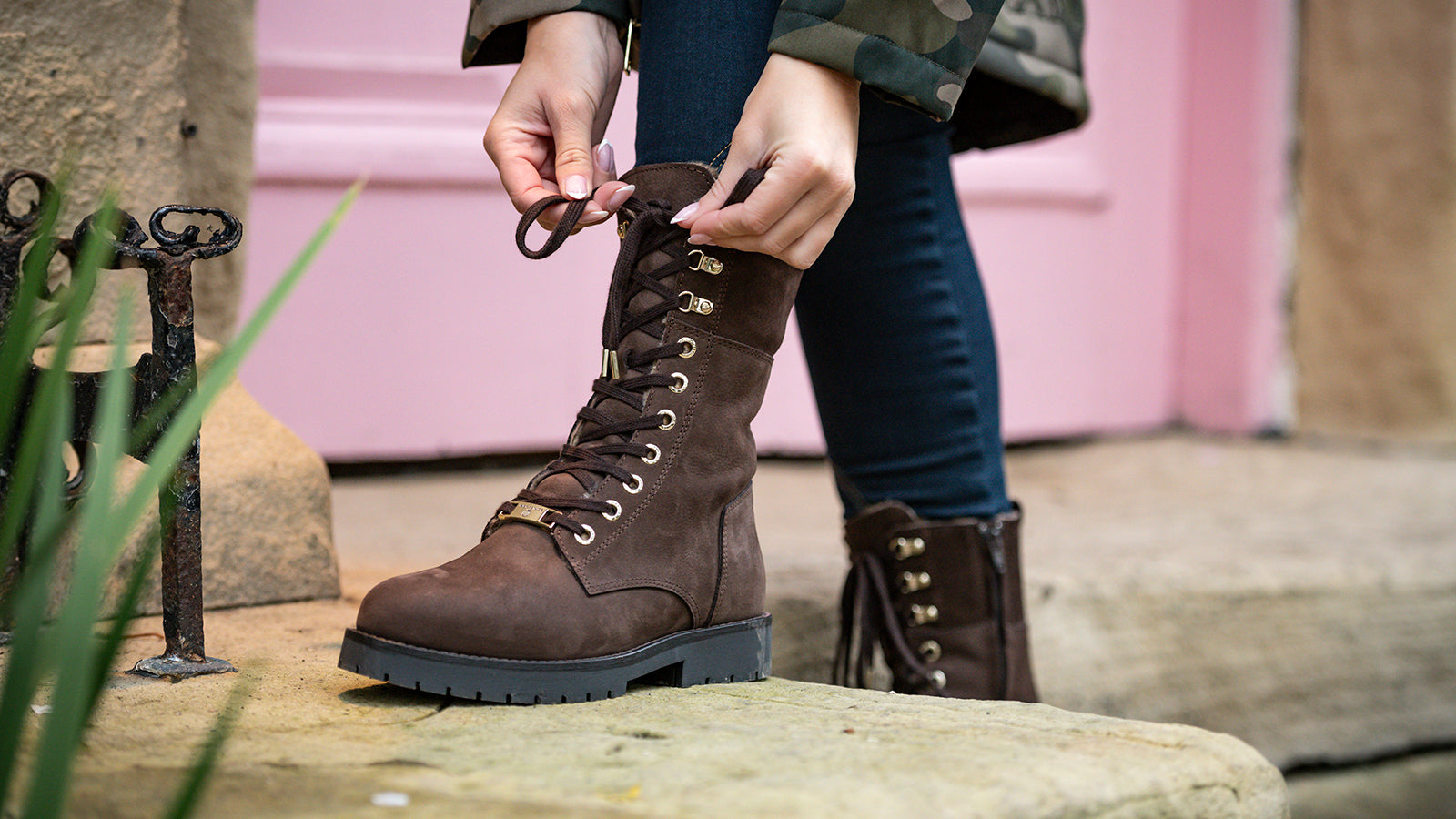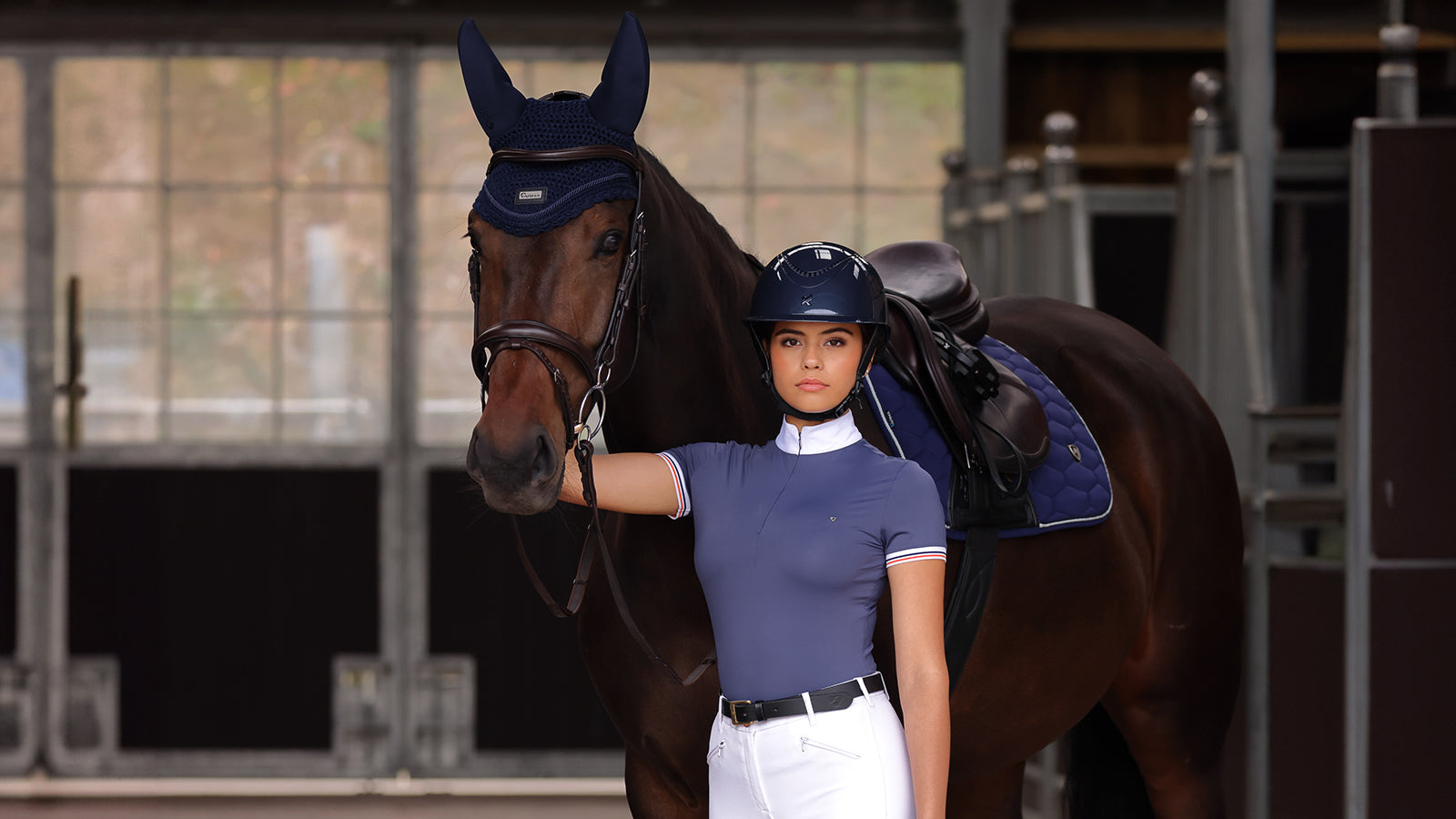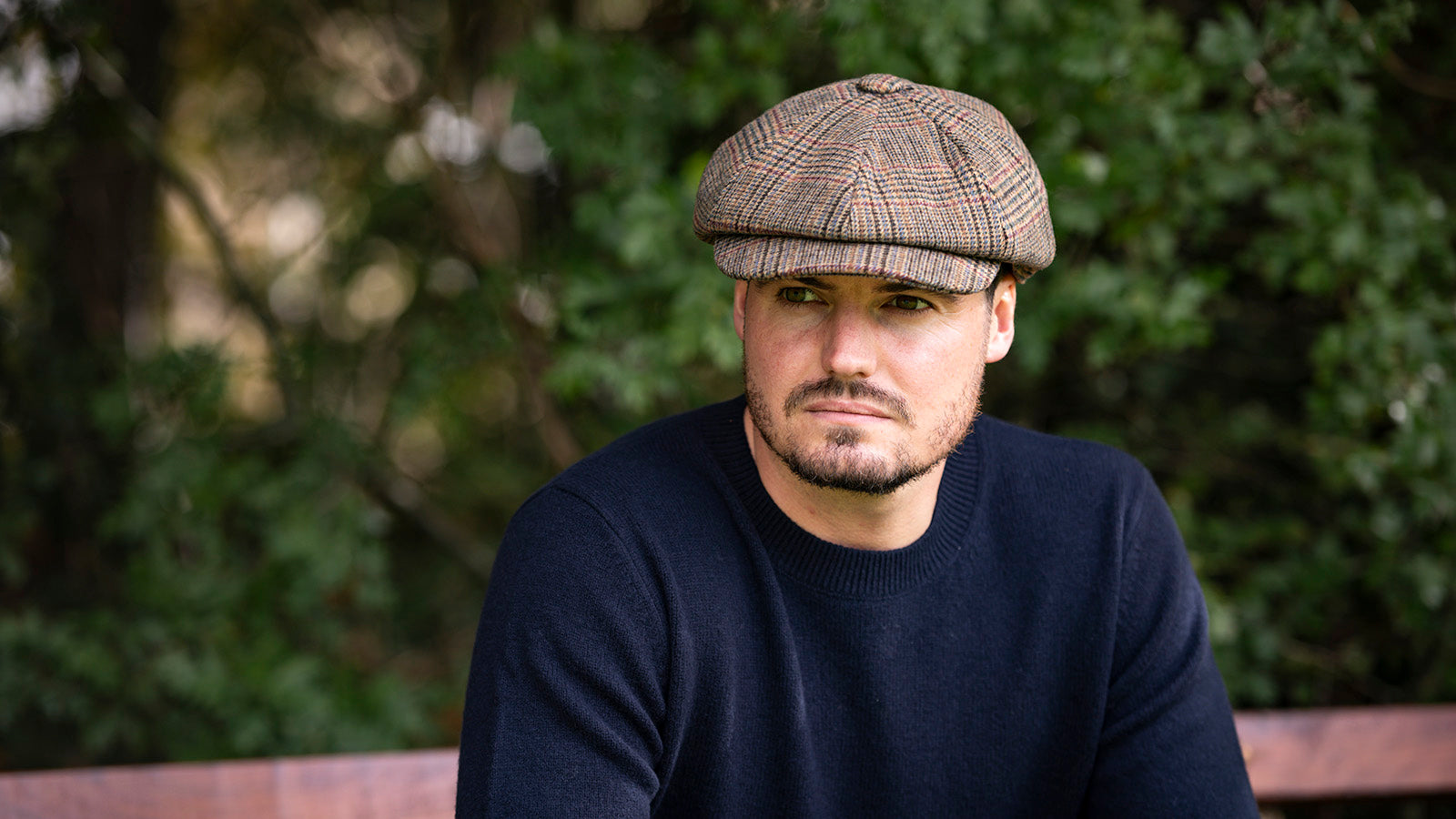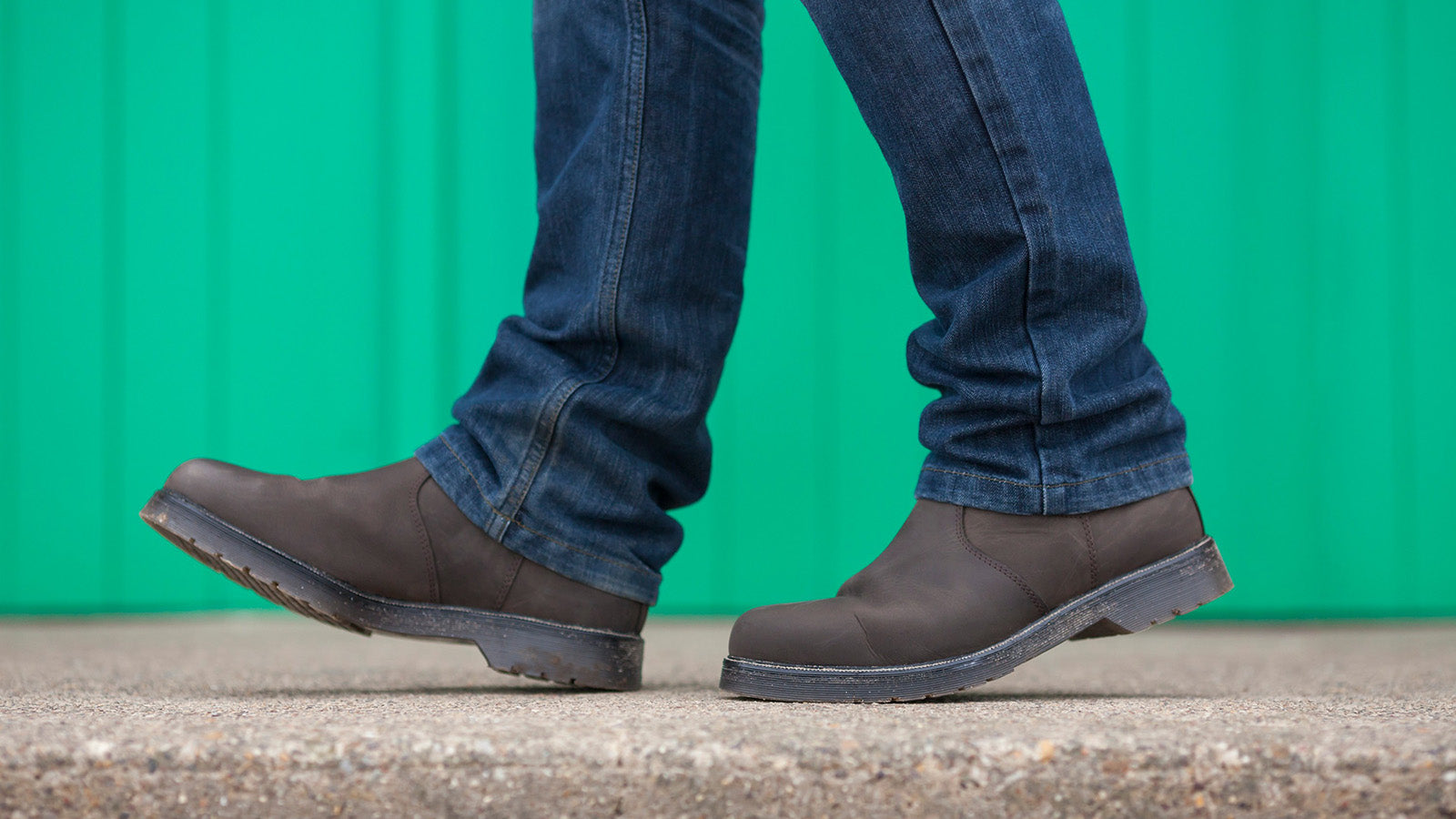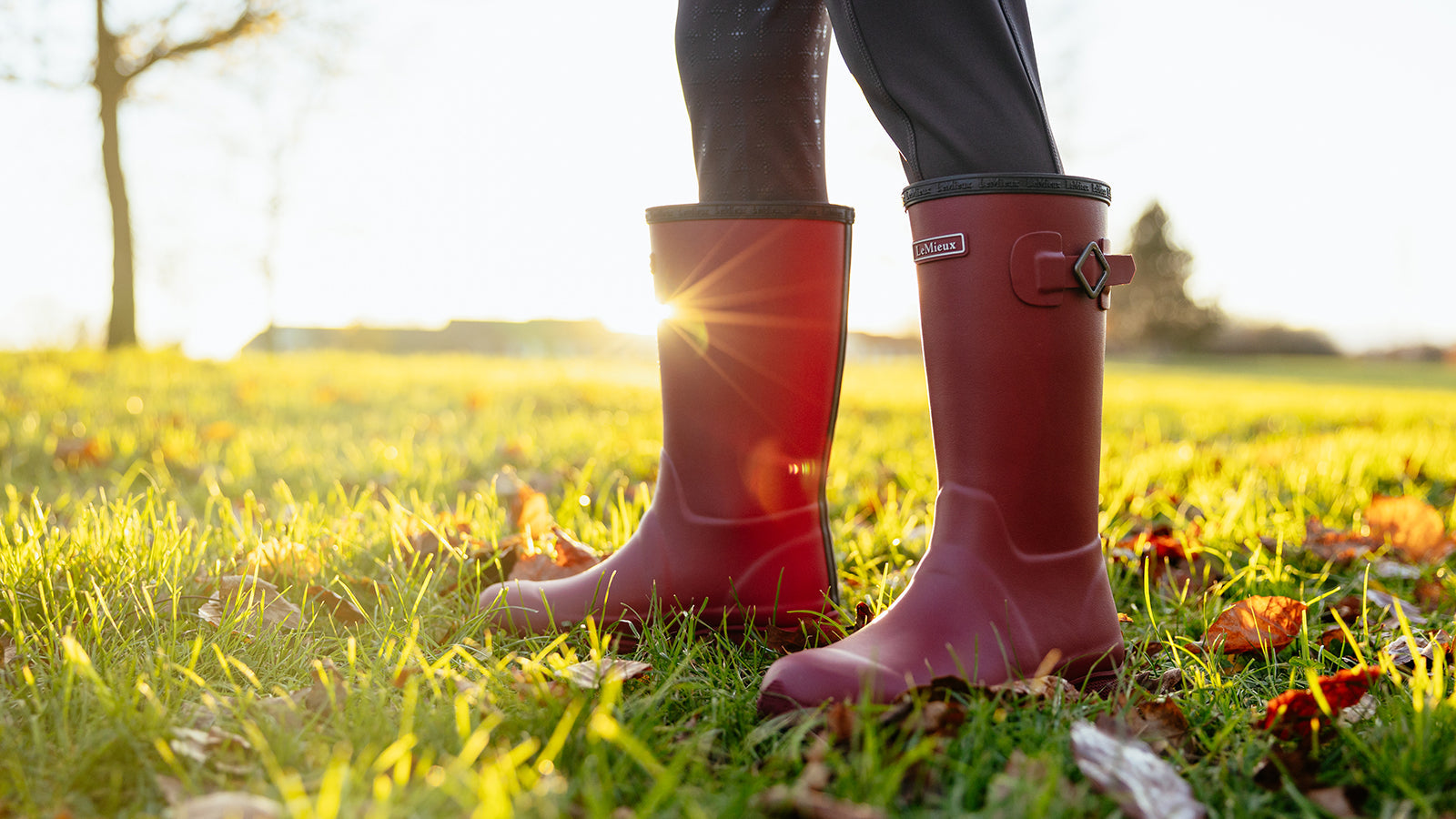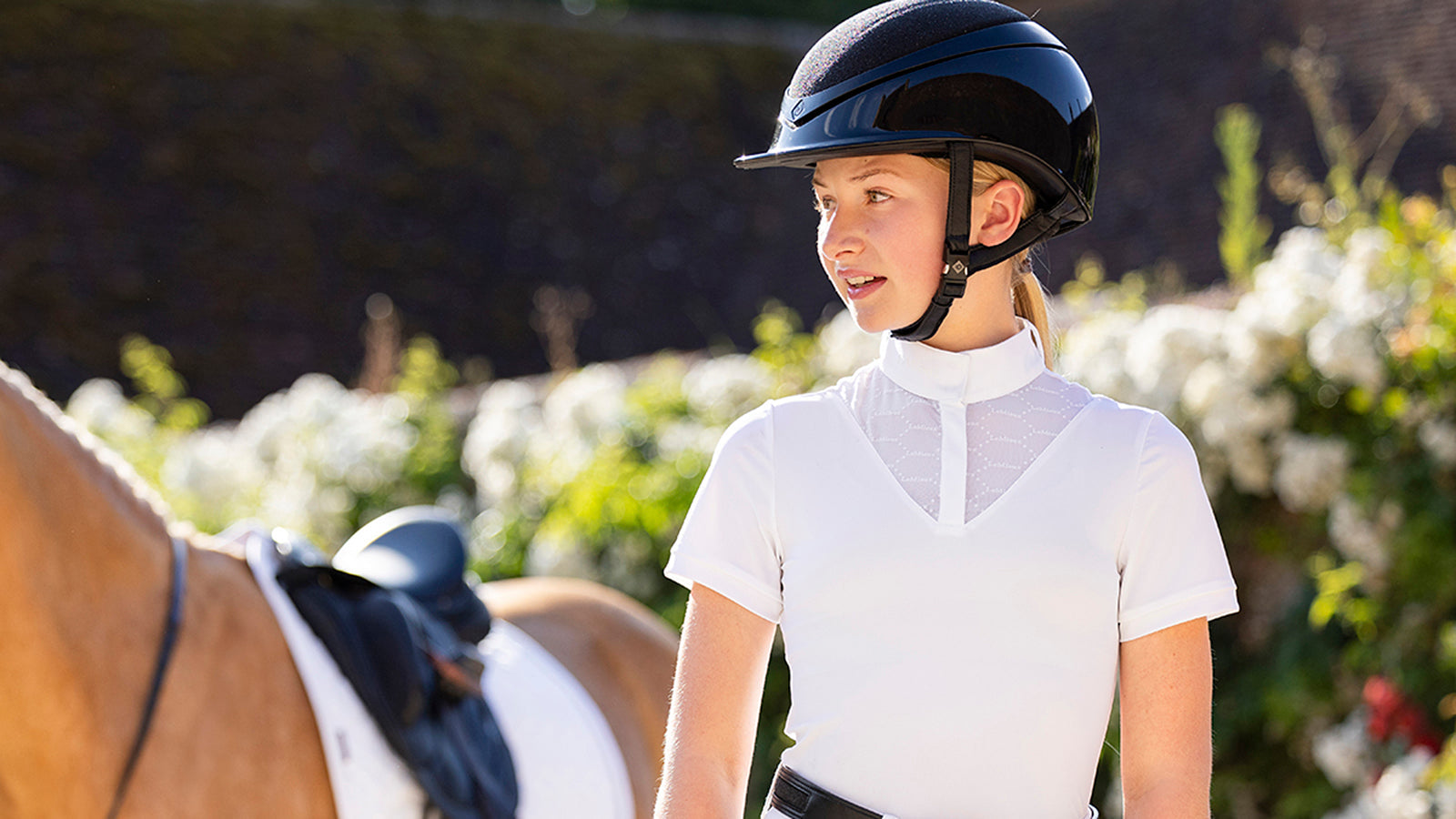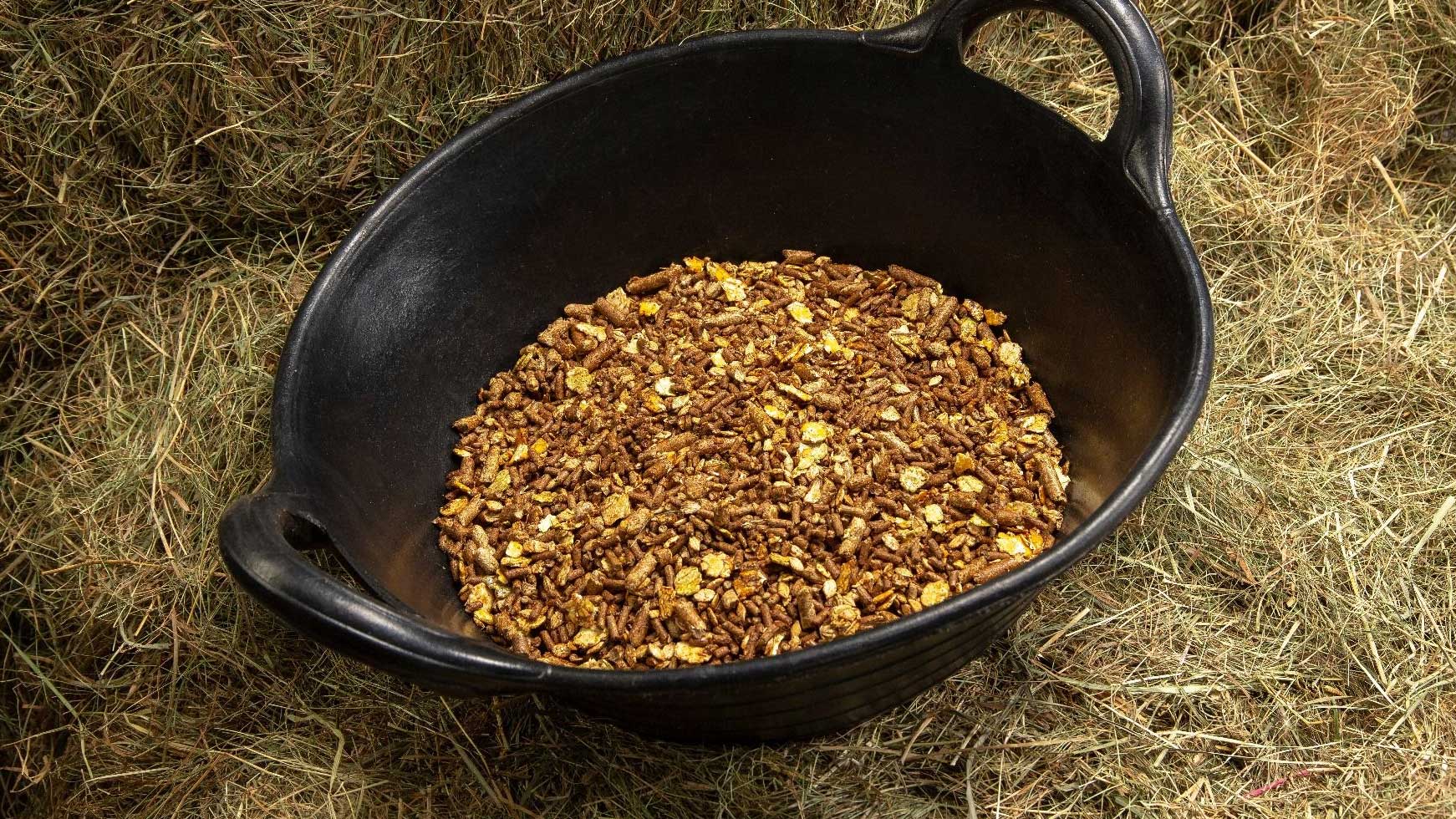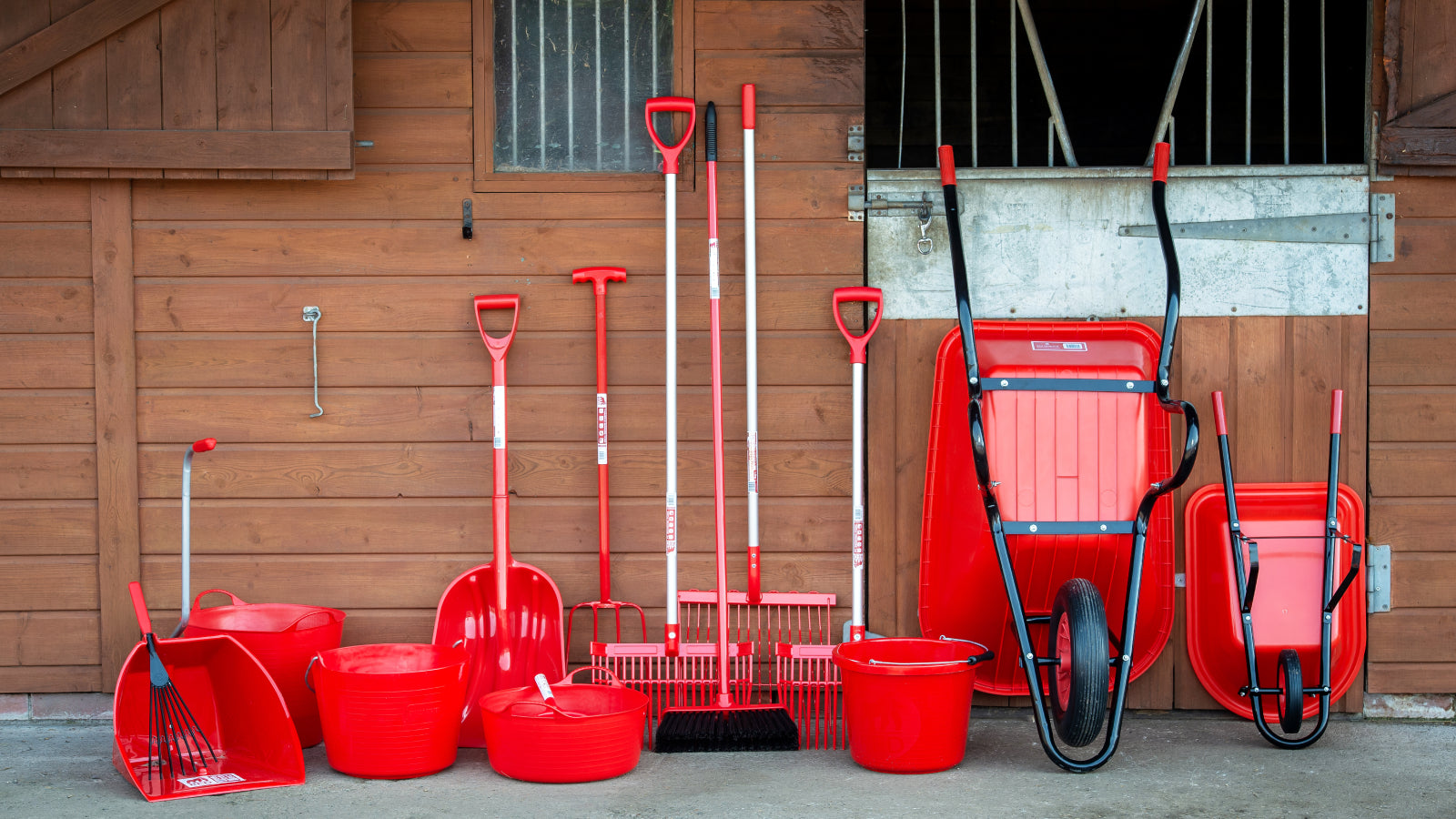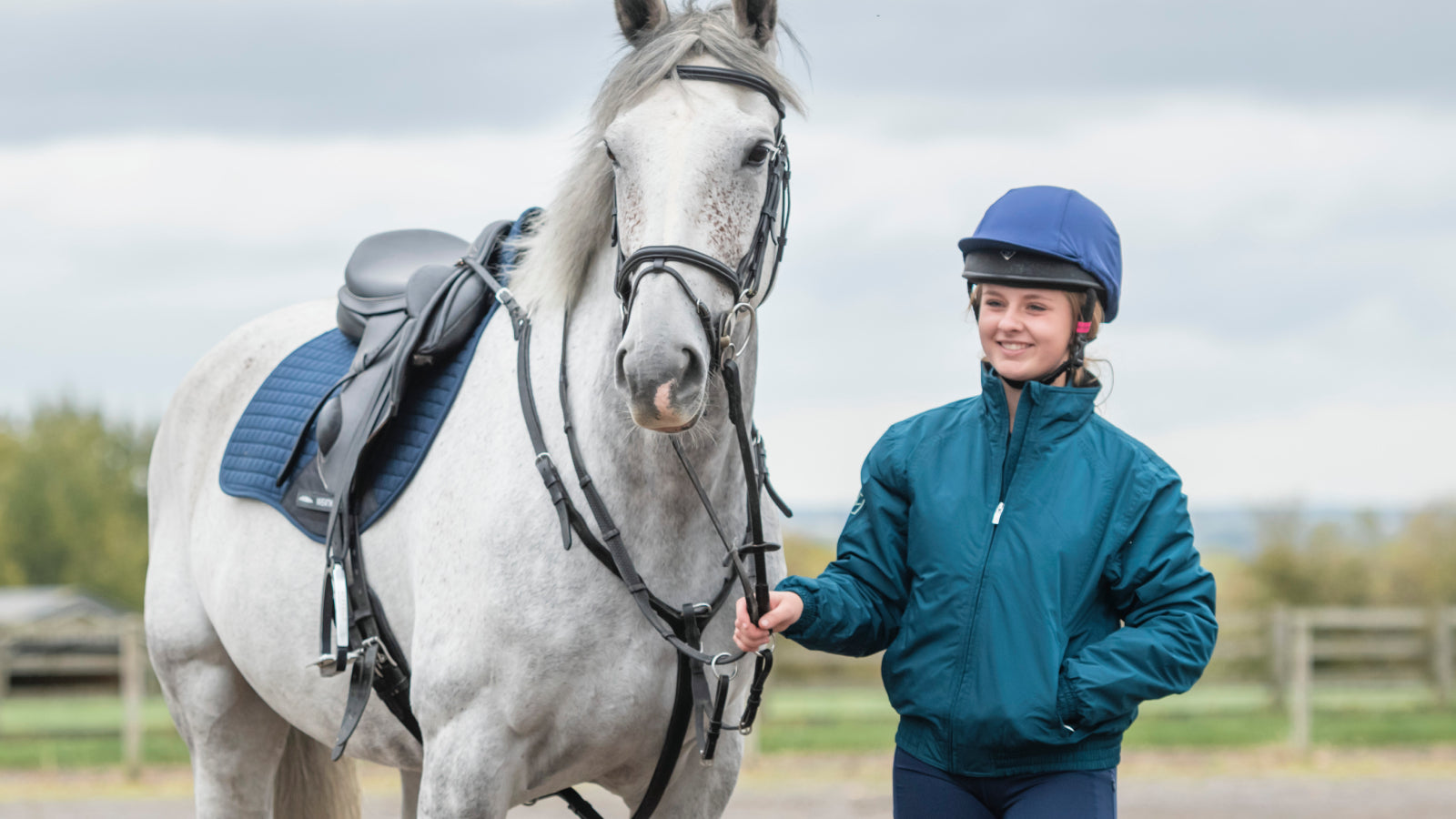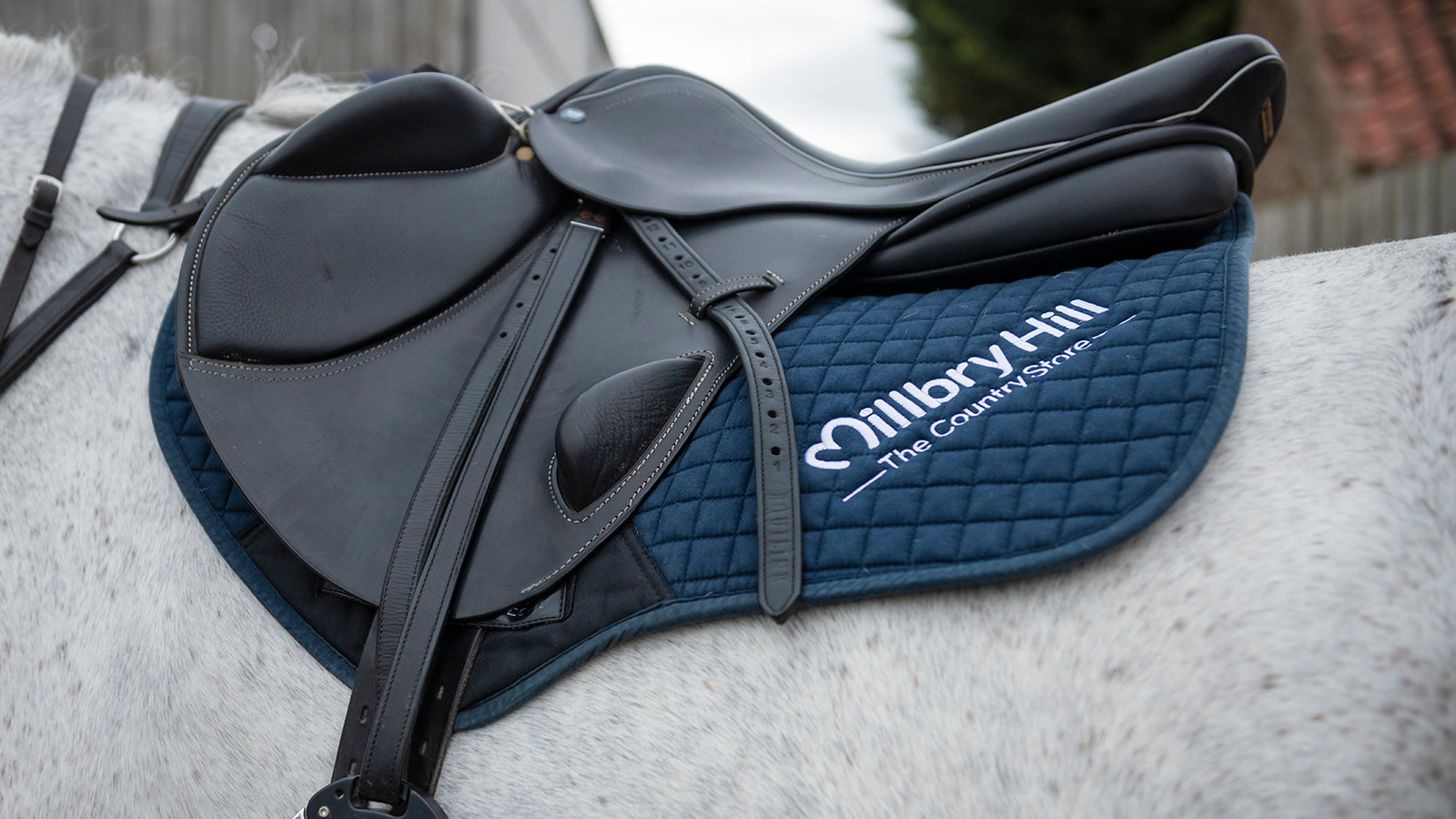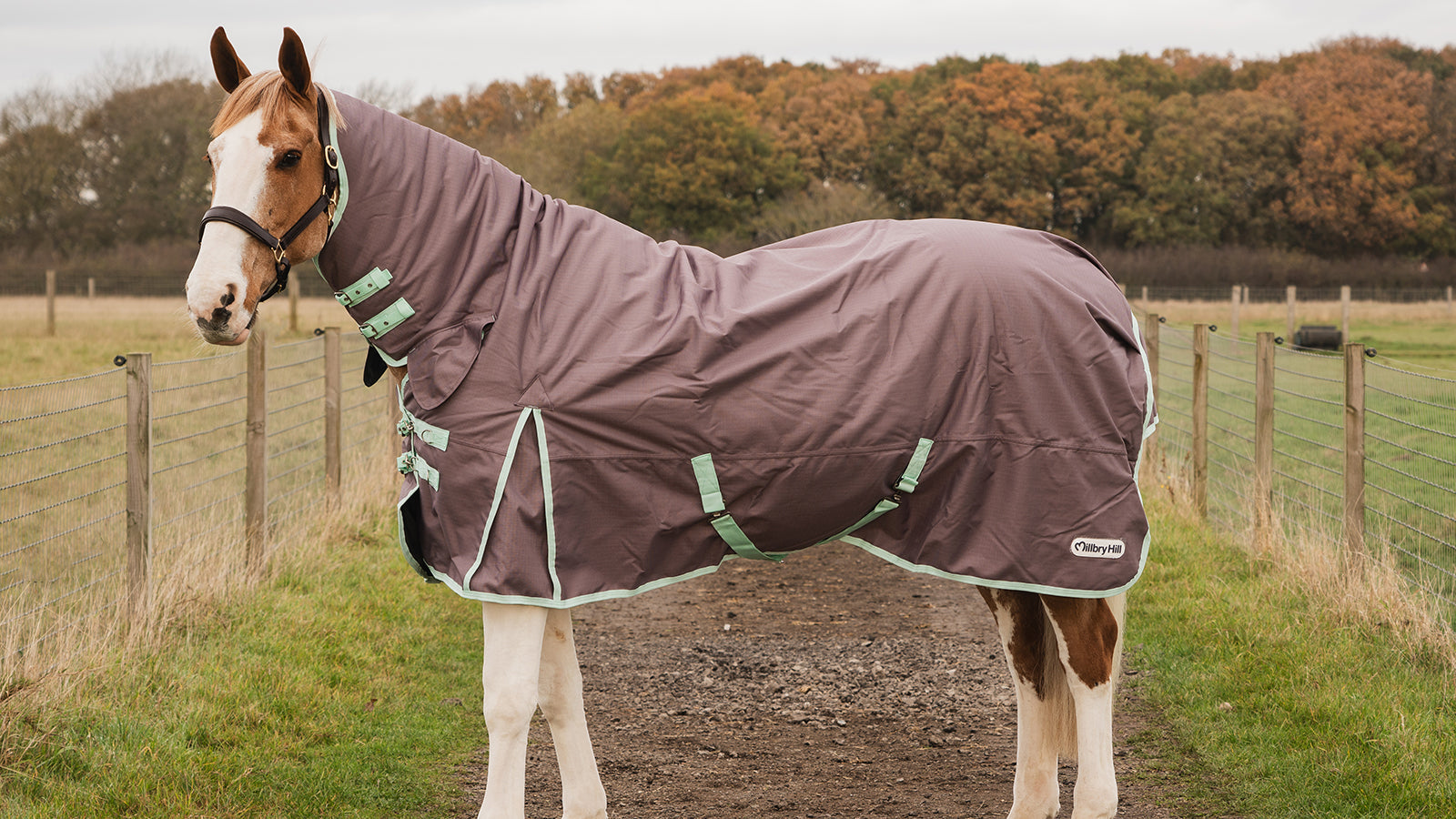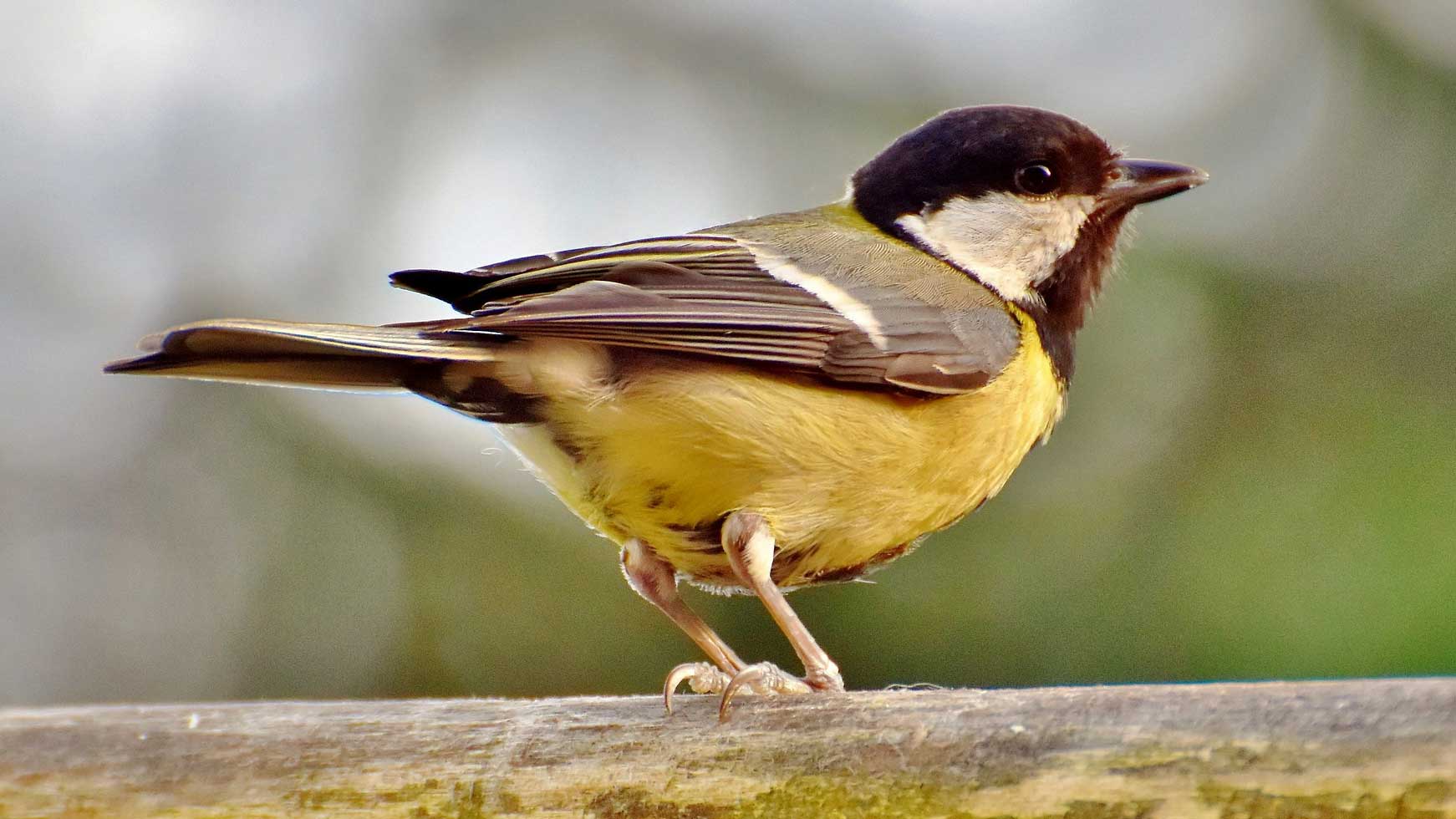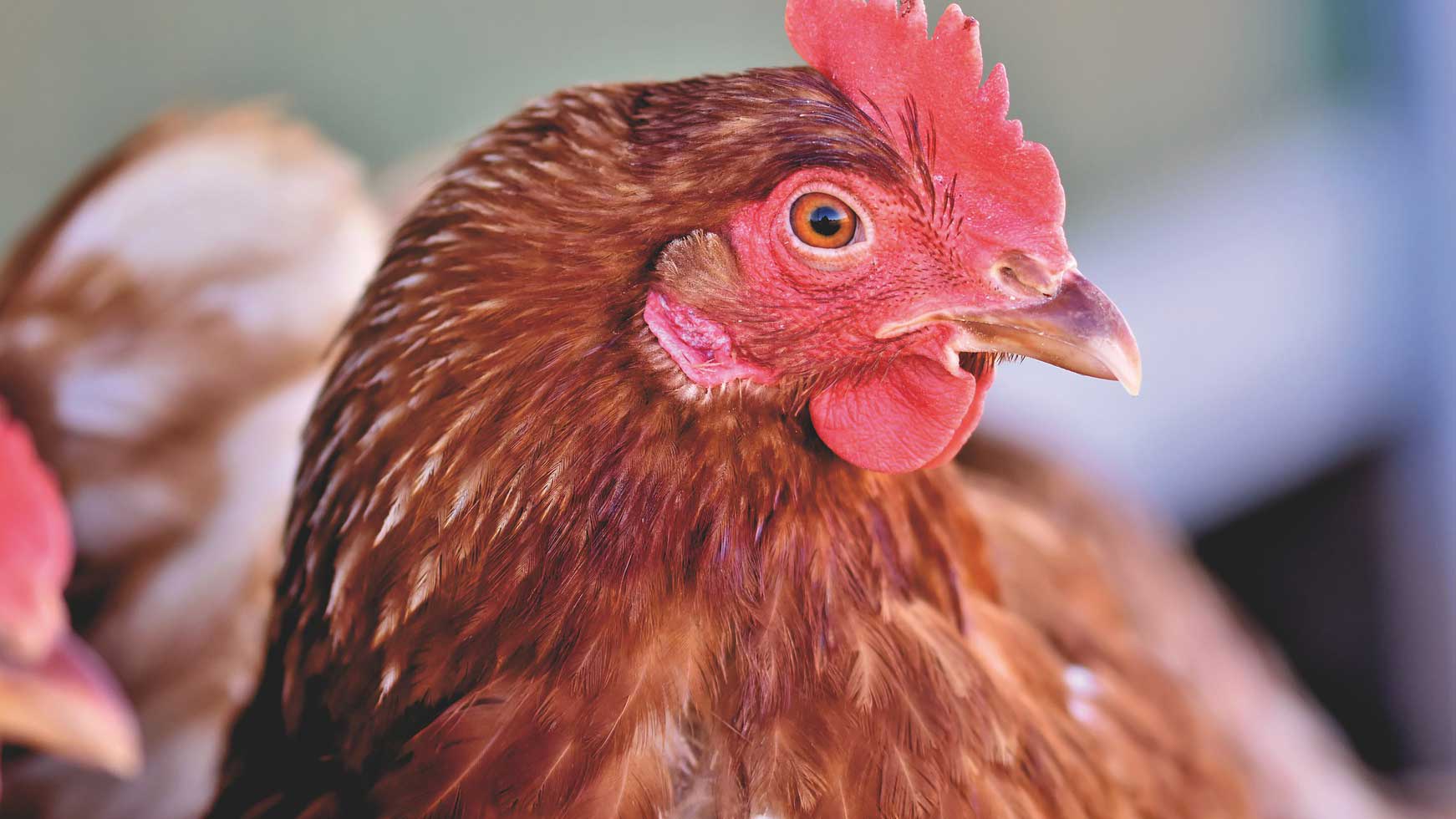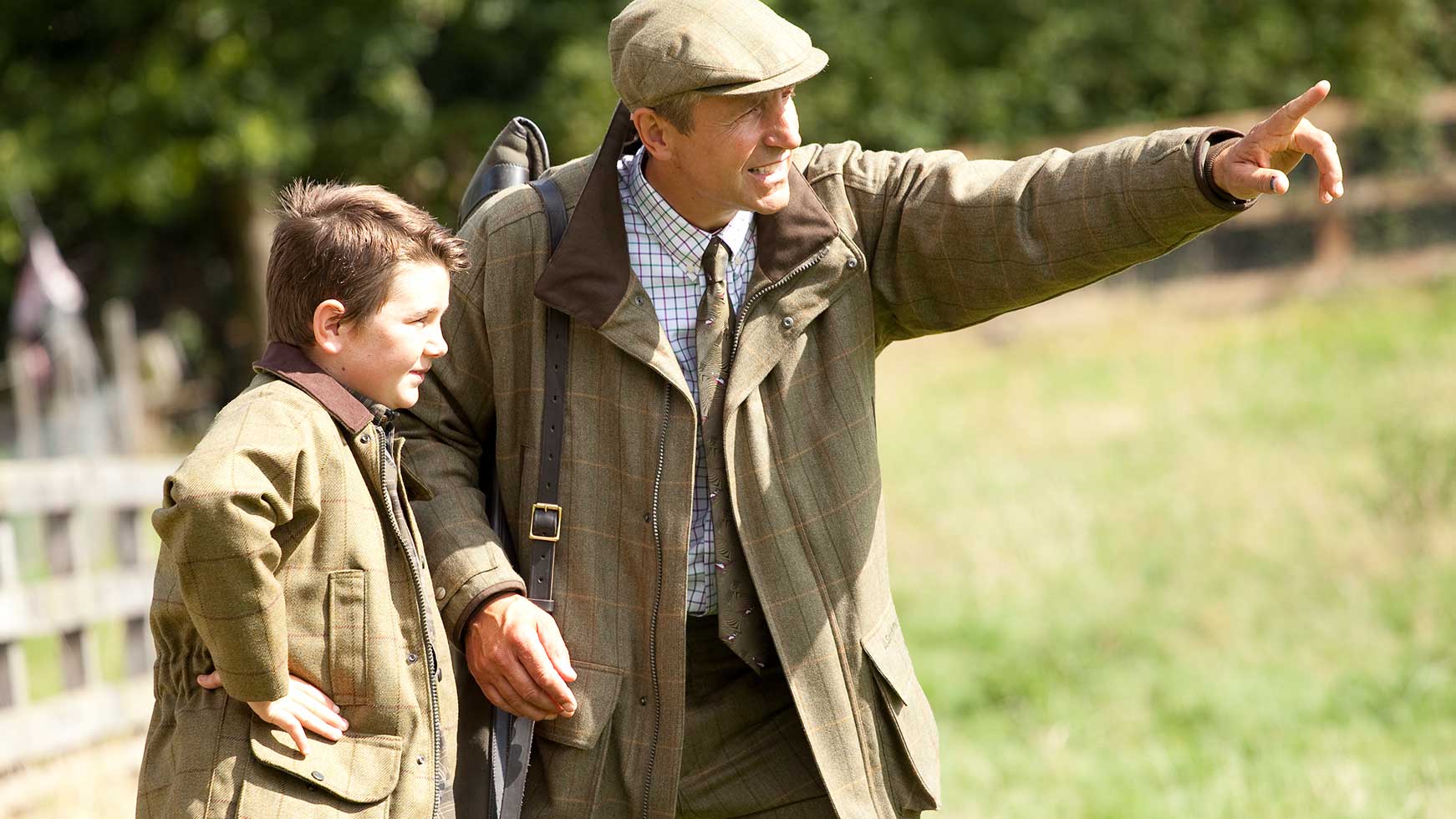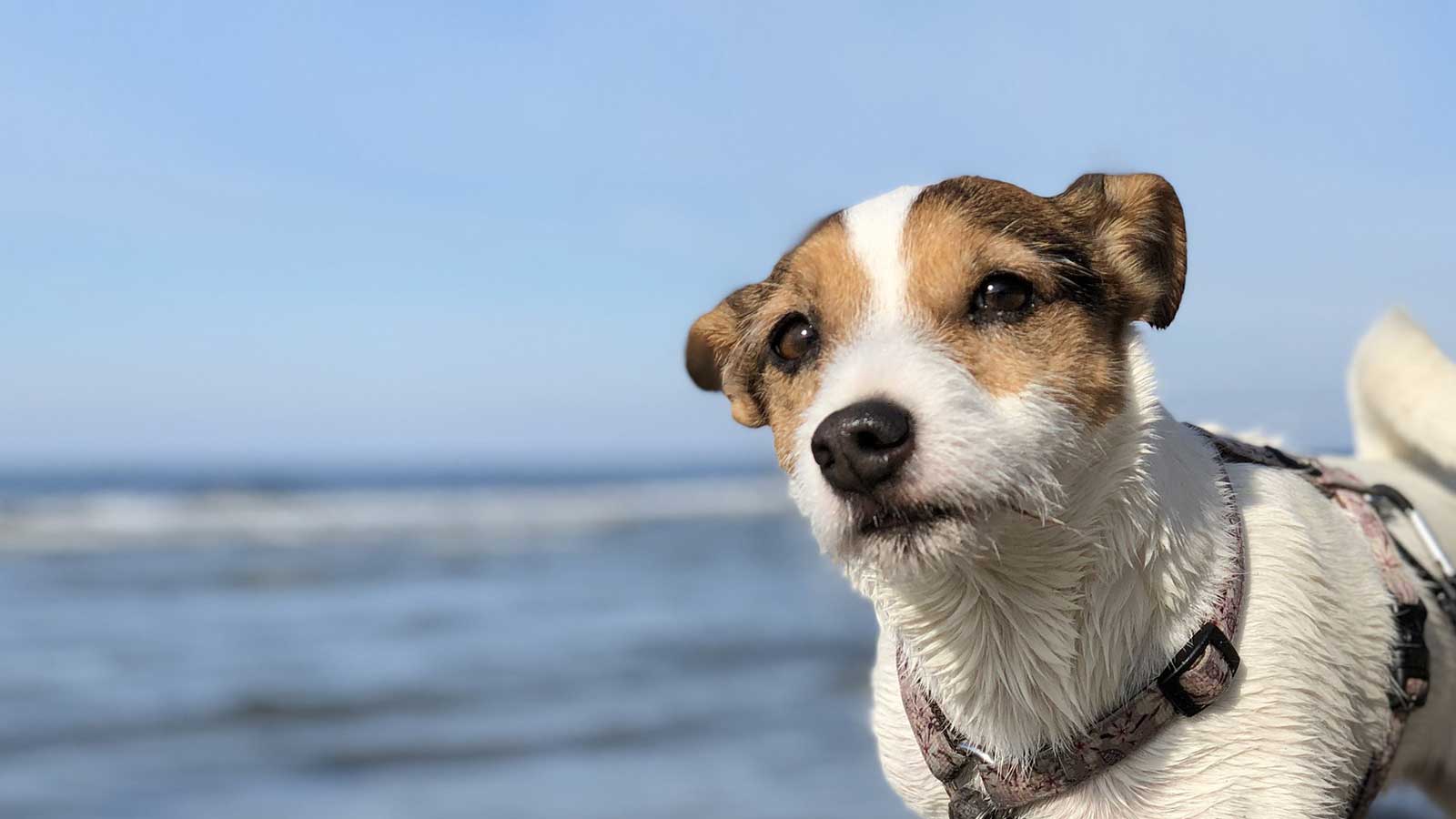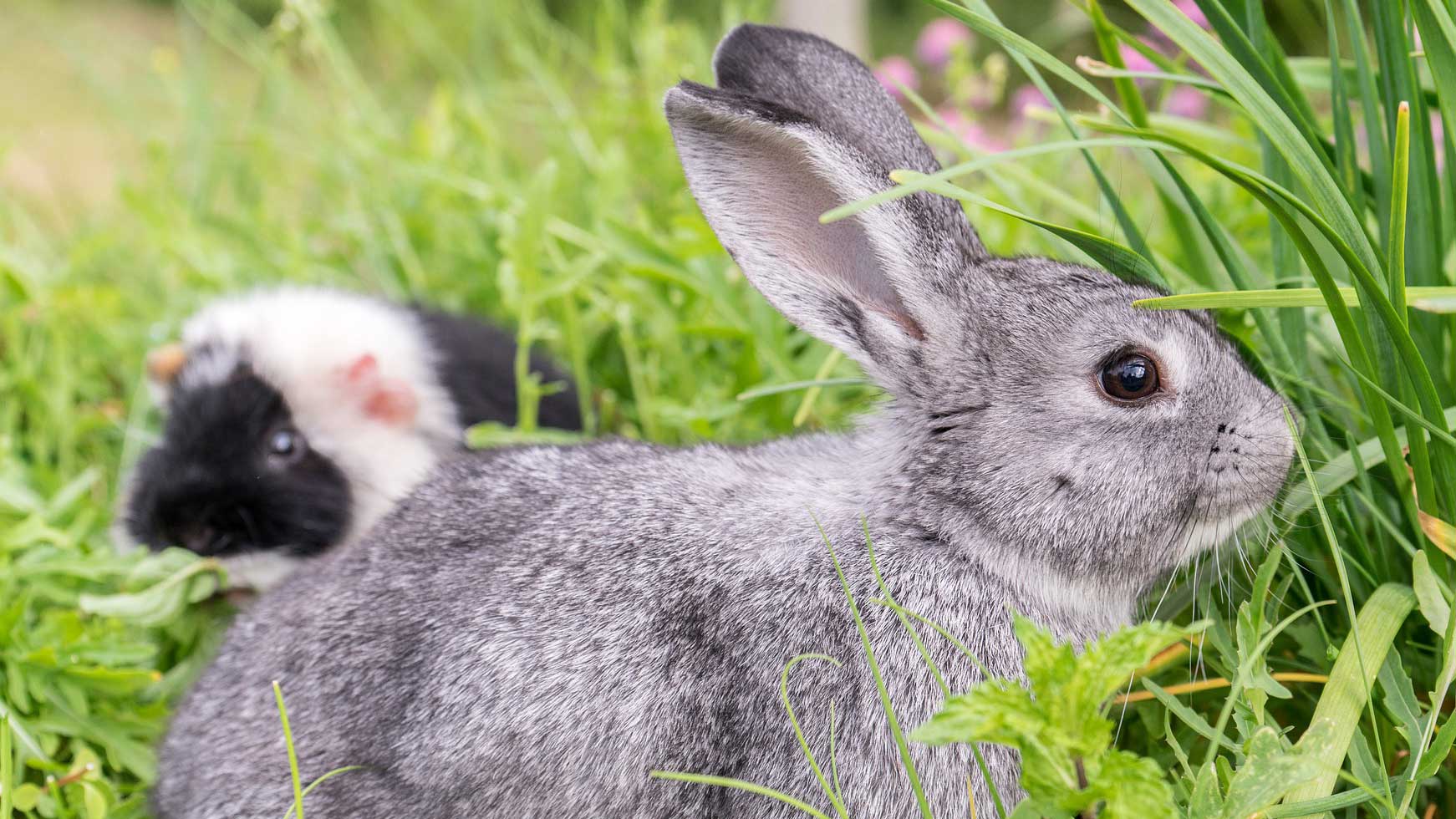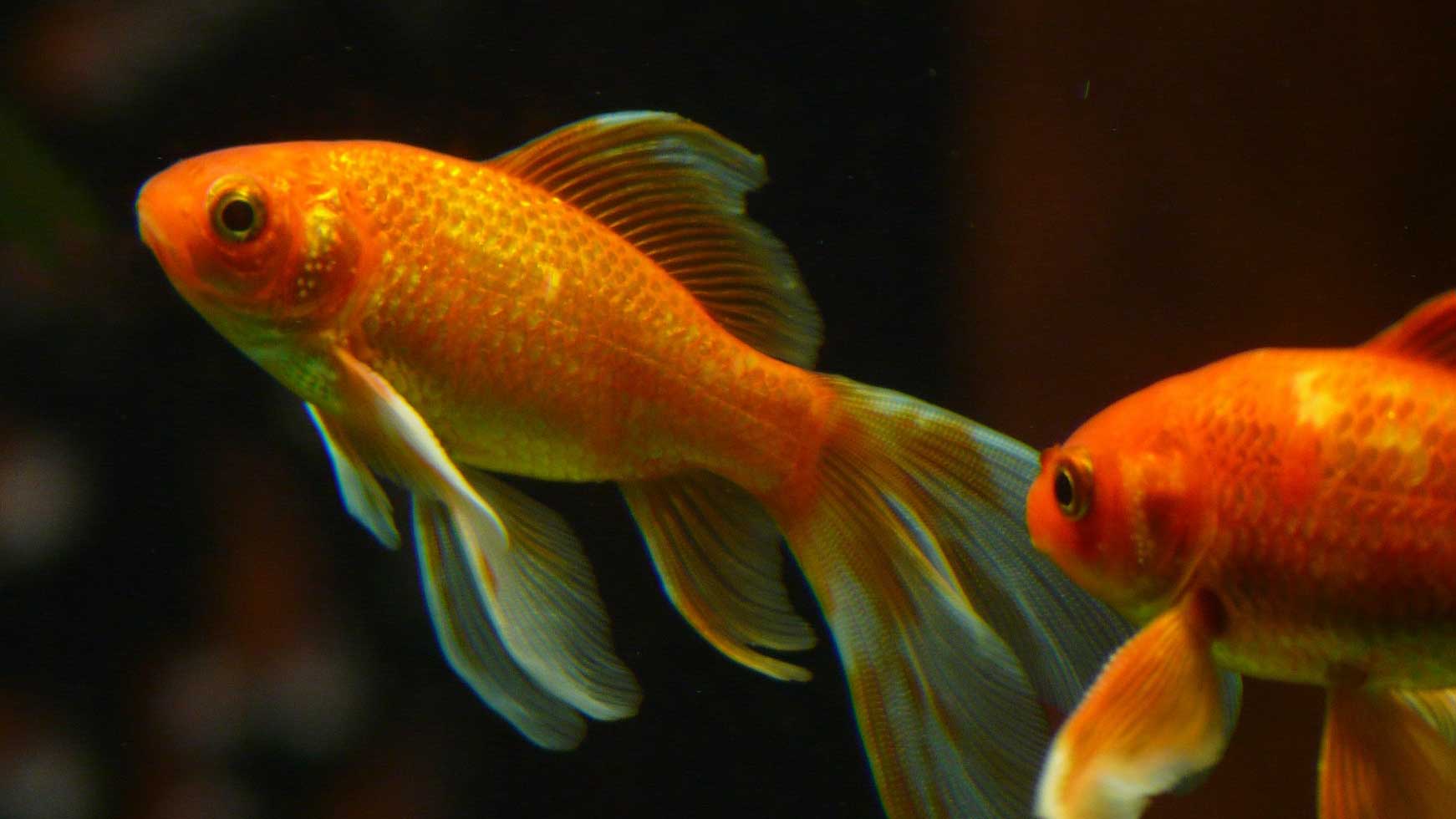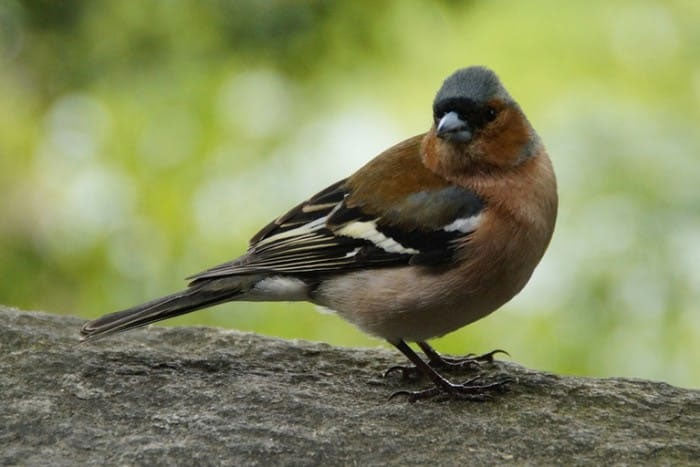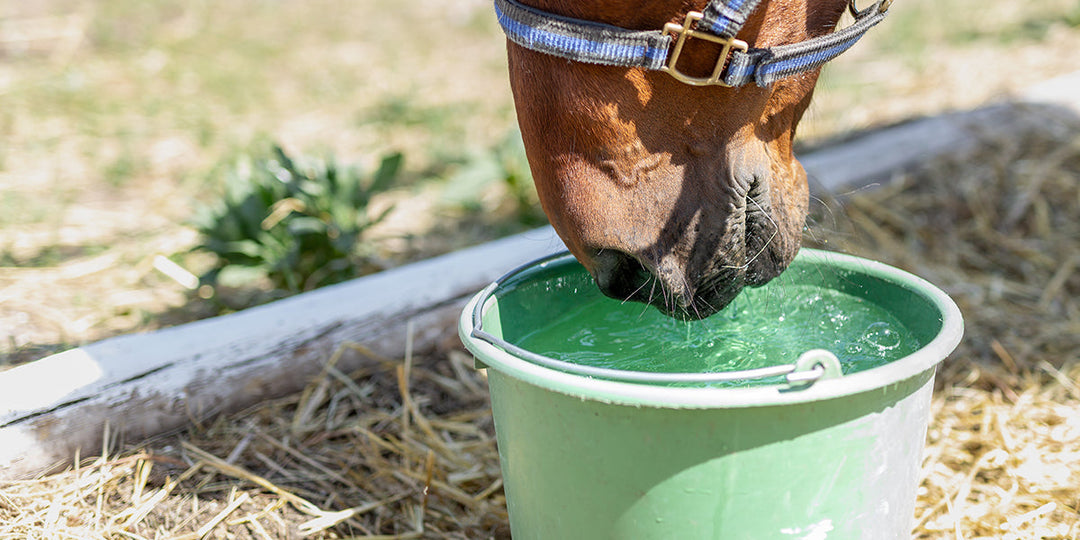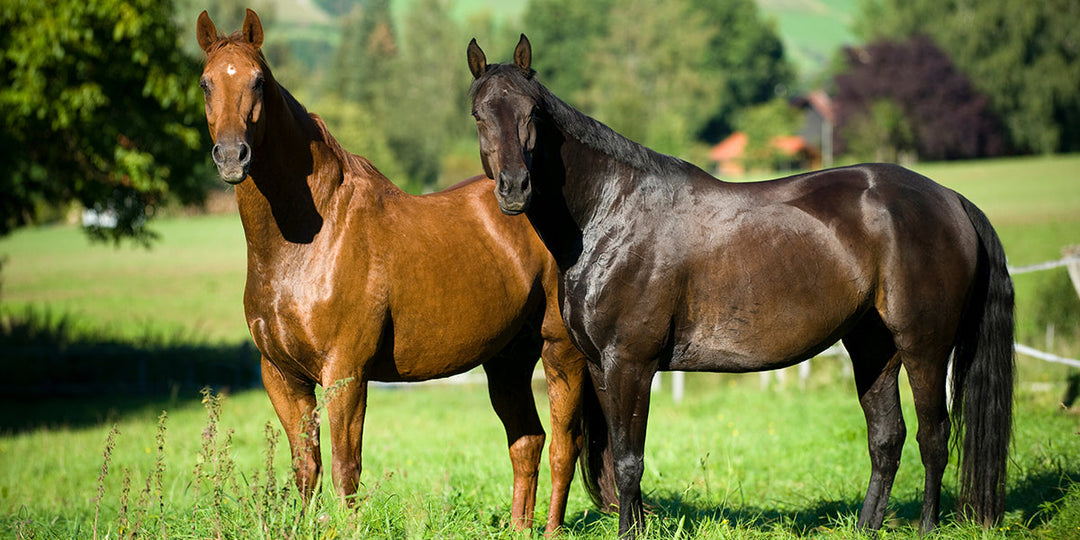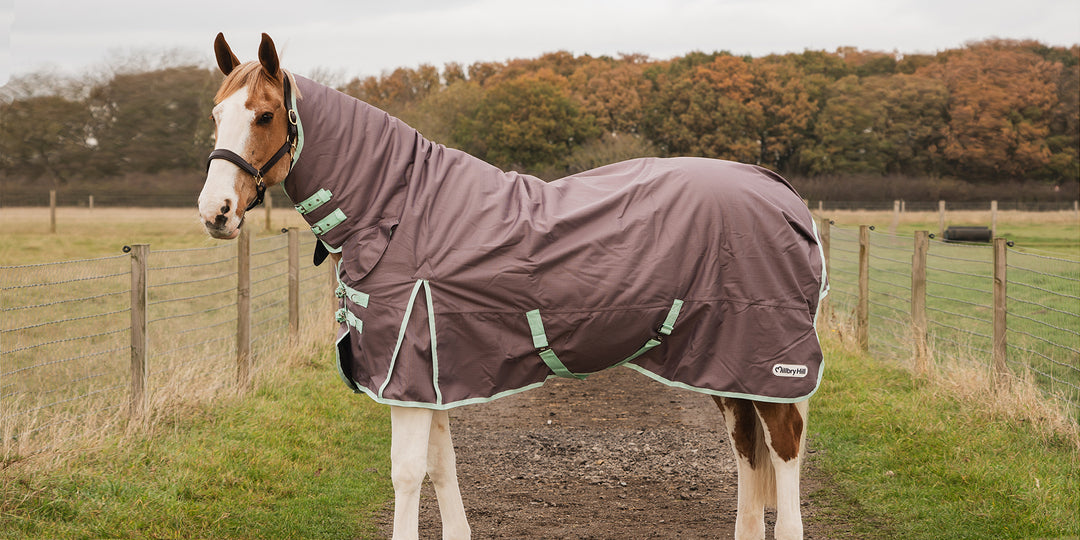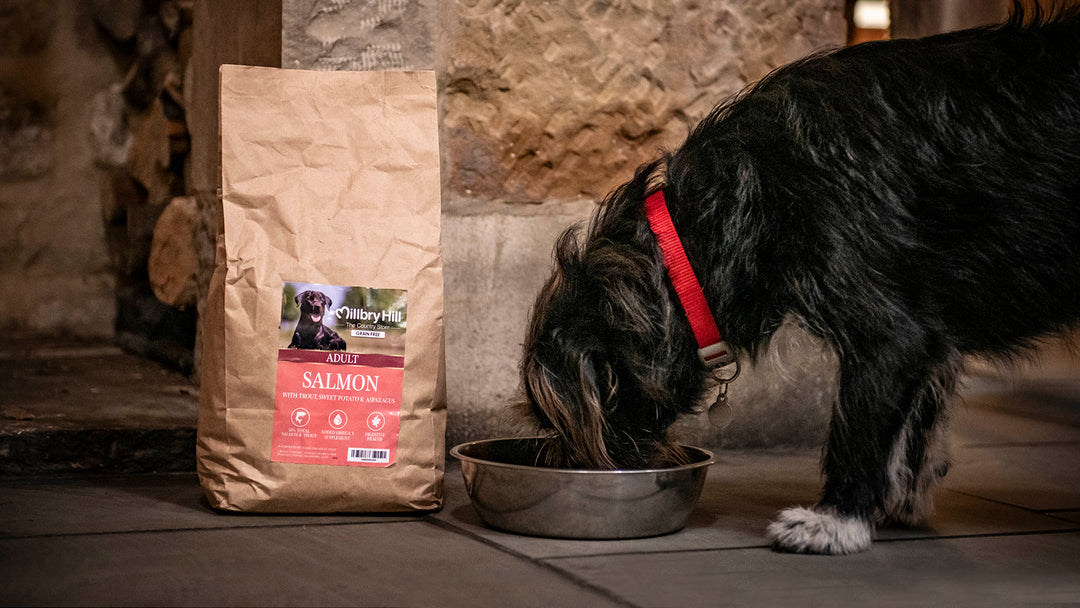A Guide to Feeding Wild Birds - Feeding by Species
Whilst the garden may not be in full bloom, January once again gets us enjoying a quiet moment in the company of our feathered friends. Each year, the RSPB hold their annual Big Garden Bird Watch, where everyone is invited to take an hour out of their busy day to sit down with a cuppa and take note of the wild birds in their garden.
We all have our favourite garden visitors, but what should you feed to attract particular wild birds to your garden? Each species has its own specific nutritional requirements, so will favour some foods more than others. We’ve taken a look at our most common garden birds and what they prefer to eat, so you can make sure your favourite garden birds always have a supply of their favourite foods.
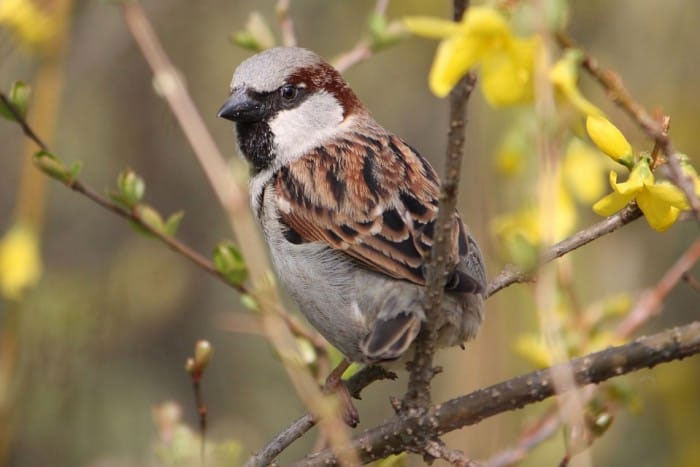
With their short, compact beaks, sparrows are perfectly adapted to eat all manner of seeds and grains.
What do sparrows eat?
House sparrows and tree sparrows have a largely plant-based diet, although they only feed their young insects. They will also catch and eat them themselves, particularly over the summer months. With their chunky, seed-eater’s beaks, sparrows enjoy all types of seeds and grain but also feed on plant matter including berries, ragweed, crabgrass and other grasses. Sparrows use their short, compact beaks to remove seeds from their husks or to pull the seed apart to get to the nutritious bit – the starch. We humans use this same starch to make flour for bread, so sparrows, like many other birds, like to eat scraps of bread from the bird table. In the garden when bird feed is given, sparrows particularly enjoy sunflower hearts and also readily feed on small seeds such as millet.
Buy Johnston & Jeff Sunflower Hearts at Millbry Hill ›
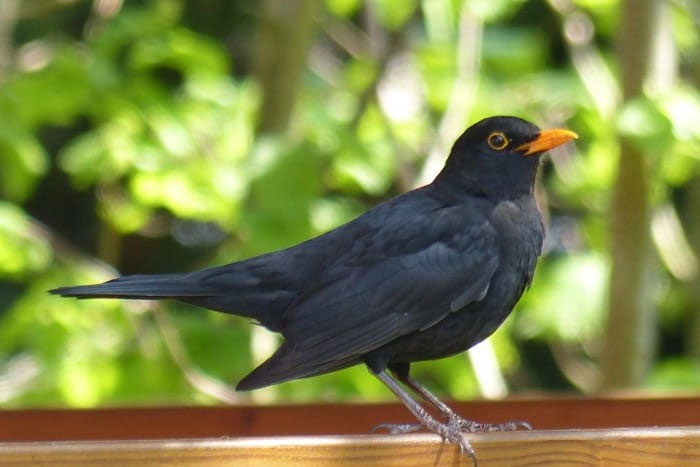
What do blackbirds eat?
The Blackbird is an omnivore and thrives on insects and earthworms, though they also supplement their diet with fruit such as windfall apples and berries, particularly over the autumn and winter. Blackbirds are mostly ground feeders, pulling earthworms from the soil and rooting through leaf litter for other invertebrates. However, during the summer when the weather is warm and dry, worms stay away from the surface and are beyond the Blackbirds’ reach. Meaty tinned dog food and cat food provide an ideal substitute and are readily taken by Blackbirds, who will even feed it to their chicks. Blackbirds also enjoy fruit and cereal wild bird mixtures, particularly those containing kibbled or flaked maize, such as the Henry Bell Songbird Blend.
Buy Henry Bell Songbird Blend at Millbry Hill ›
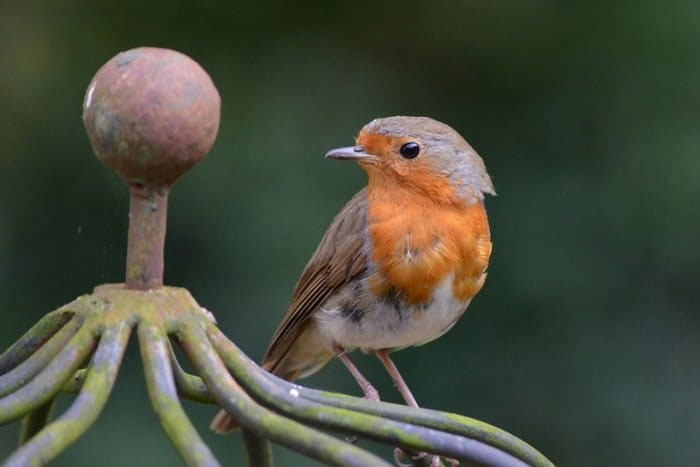
Robins will enjoy snacking on mealworms and suet treats left in the garden.
What do robins eat?
Robins are ground-feeding birds and feast on insects and worms. Robins enjoy many treats left out in the garden, with mealworms being a particular favourite. Specialist Robin mixes are available to purchase to attract these pretty birds to your garden and can be supplemented with small amounts of grated mild cheese for an extra treat. Robin Mixes, such as the Henry Bell Robin Blend contain a mix of feeds favoured by robins, including crushed peanuts, sunflower hearts, raisins and suet treats.
Buy Henry Bell Robin Blend at Millbry Hill ›

Wood Pigeons will feed on almost anything that is placed on a bird table!
What do wood pigeons eat?
Wood Pigeons are known in the garden for being rather greedy birds. Wood Pigeons feed mostly on seeds, grain and crops, but also young shoots, seedlings, acorns, buds and some fruits and berries. In the garden, they enjoy most seed mixes. They can tend to dominate smaller species at the bird table, and due to their size will eat much greater quantities than their smaller counterparts. Wheat and barley grains which are commonly included in wild bird mixes but discarded by smaller species are picked up by Wood Pigeons. A good, all-round wild bird mix is an economical choice when feeding Wood Pigeons. Wood Pigeons also require a good supply of drinking water, as they do not get sufficient moisture from their food, unlike other garden birds whose diet is rich in moist foods such as earthworms.
Buy Hutton Mill Wild Bird Mix at Millbry Hill ›
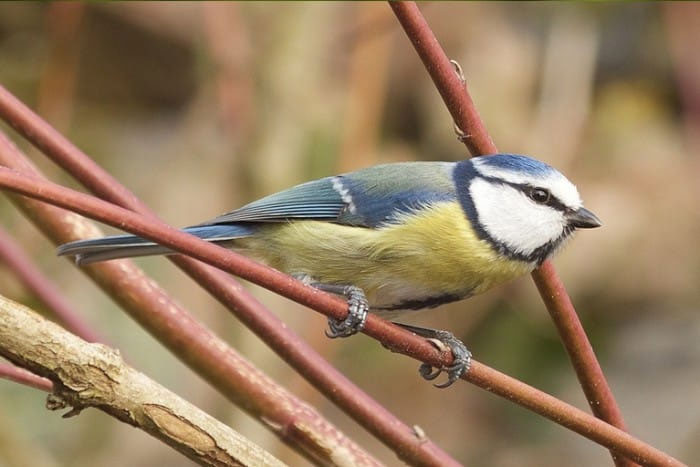
With their short, thin beaks, blue tits are perfectly adapted to picking up insects and spiders.
What do blue tits eat?
Blue Tits mostly feed on insects and seeds, although in the springtime they will also feed on pollen, nectar and sap and during the autumn, on berries. Fascinating birds to watch as they feed, Blue Tits are often seen hanging upside down, peering under leaves and into cracks in the bark to search out insects and grubs. Blue Tits, along with Great Tits, Coal Tits and Long-tailed Tits enjoy sunflower hearts and high-energy seed mixes fed from bird feeders and will happily peck at suet balls and bars or peanuts.
Naturally ground feeding birds, Chaffinches will forage for seed spilt from bird feeders.
What do chaffinches eat?
Chaffinches feed on seeds and other plant material, but also insects such as caterpillars over the breeding season. Chaffinches prefer to feed from the ground or a bird table than from hanging bird feeders, you will often see them foraging on the ground for seed (especially sunflower seeds and hearts) spilt from hanging feeders.
Buy Henry Bell Black Sunflower Seeds at Millbry Hill ›
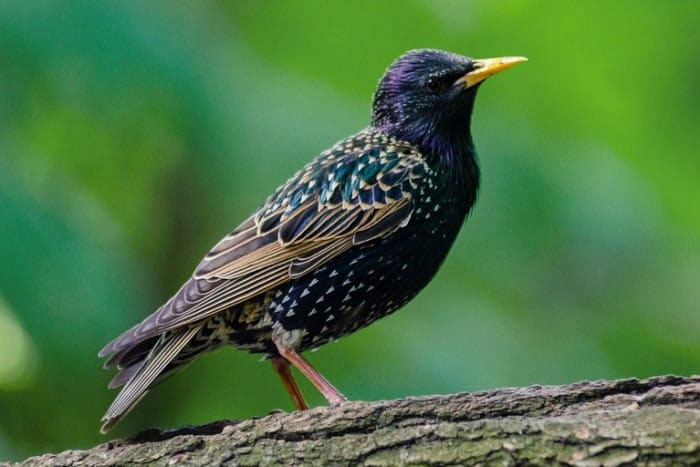
Starlings bury their beaks in the ground to hunt out insects and grubs.
What do starlings eat?
Common winter visitors to our gardens, Starlings are curious birds. With their distinctive speckled plumage, which transforms to a stunning iridescent green and purple by the spring, Starlings stick their beaks into the ground to make a hole to search for insects and grubs. Starlings are able to swivel their eyes forward to look along the length of their bill to see the area they are searching and their beaks are powerful enough to part the ground and reach the buried food. However, when the ground freezes, Starlings can no longer search for insects in the ground, so switch to berries, seeds and grains. These foods are harder to digest, so the Starling’s gut grows longer in the winter to better digest its food. In the garden, Starlings enjoy seed mixes, suet treats as well as table scraps.
Buy Johnston & Jeff Suet Blocks with Mealworms at Millbry Hill ›

What do goldfinches eat?
With its thin beak, Goldfinches are perfectly adapted to pick up small seeds such as thistle, teasel and dandelion seeds. They also feed their young on small insects. Thistle Seed (also called Nyger Seed) is readily available to buy, which will help attract these delightful birds to your garden and should ideally be fed from a special Nyger Seed feeder.
Buy Henry Bell Nyger Seed at Millbry Hill ›
Browse our selection of wild bird feed from leading brands such as Henry Bell, Hutton Mill and Versele-Laga to find the right type of food for the birds in your garden.






